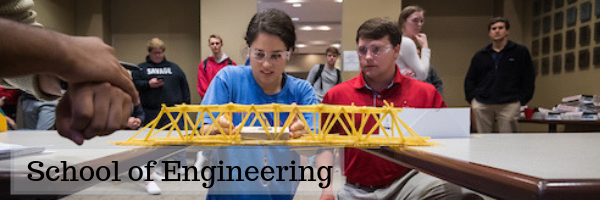
Faculty and Student Publications
Document Type
Article
Publication Date
1-1-2022
Abstract
Most of the theoretical studies involving graphene, typically assume an ultra-high mobility and/or high value of Fermi energy to achieve exciting functionalities such as polarization conversion, absorption, cloaking, among others. In practice, however, graphene with such high mobility is very difficult to realize, on account of the numerous flaws and impurities that inevitably are introduced during the graphene growth and transfer process. This severely compromises graphene's practical performance, despite the appeal of theoretical predictions. A novel design was presented in 'X. Wang et al., IEEE Trans. Antenna Propagat., vol. 67, pp. 2452-2461, 2019', wherein a graphene metasurface was devised to accomplish perfect absorption with excellent electrical tunability, for a wide span of practical mobility values for graphene (2,000 to 20,000 cm2V-1s-1). Motivated by this design, in this paper, we introduce a graphene-metal metasurface structure, which is engineered to facilitate the realization of practical cloaking of conducting cylindrical objects. Though the framework for our cloak is ostensibly similar to the metasurface structure in the aforementioned reference, the phenomenon that our structure is based on, is radically different; consequently, the functionality and the numerical analysis differs. When this specific metasurface is enveloped around the cylindrical objects, their scattering width reduces noticeably, thereby making them 'invisible' to the impinging plane wave. Our design demonstrates cloaking even for the most practical low-mobility graphene, utilizing extremely low Fermi energy values, thereby making our construct desirable not only in theory, but also feasible for practical applications.
Relational Format
journal article
Recommended Citation
Pawar, S., Bernety, H. M., & Yakovlev, A. B. (2022). Graphene-metal metasurface for cloaking of cylindrical objects at low-terahertz frequencies. IEEE Access, 10, 130200–130211. https://doi.org/10.1109/ACCESS.2022.3228833
DOI
10.1109/ACCESS.2022.3228833
Accessibility Status
Searchable text

